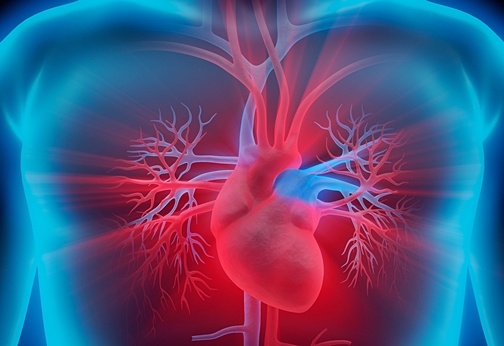
Stem cells have powerful regenerative properties that scientists are just beginning to understand. One of the limitations of stem cell use is that they are very fragile and only survive in certain circumstances. It is often difficult for scientists to prompt a stem cell to start regenerating the part of the human body that is injured or diseased.
Because they have a tendency to die when they are injected into the body scientists are working to improve the durability of stem cells used in transplants. Researchers at Johns Hopkins University have just made a breakthrough that improves the toughness of stem cells, allowing them to successfully survive a transplantation into a new part of the body.
Researchers developed a hydrogel which can nourish and protect stem cells after they are injected into the body. The hydrogel can keep stem cells alive for heart repair, which was previously a tricky condition to treat because most of the stem cells died before they could repair the heart tissue.
The hydrogel technique worked well and the stem cells began remuscularising the heart. This process can be used to repair the heart after a heart attack. 73% of the stem cells which were injected with the hydrogel survived the transplant. Without the hydrogel, survival rates for stem cells were around 12%. Because so many stem cells died during the old procedure, doctors were usually forced to inject large amounts of stem cells.
The hydrogel helps the stem cells become established close to heart. Then they can begin to grow, divide and repair the heart muscle. Researchers found that rats injected with the hydrogel saw a 15% increase in pumping efficiency for the treated ventricle. Stem cells injected without the hydrogel only gave a 8% improvement in ventricle efficiency.
The success of scientists at keeping stem cells alive for heart repair with a hydrogel may help improve the success rates of other kinds of stem cell procedures.
Source: New hydrogel can keep stem cells alive for heart repair
{{cta(‘3fe0aac7-7562-46dc-b8b9-c706d9cfd6b1’)}}
{{cta(‘fec594e9-5433-4350-9180-2bdd371eb399’)}}


